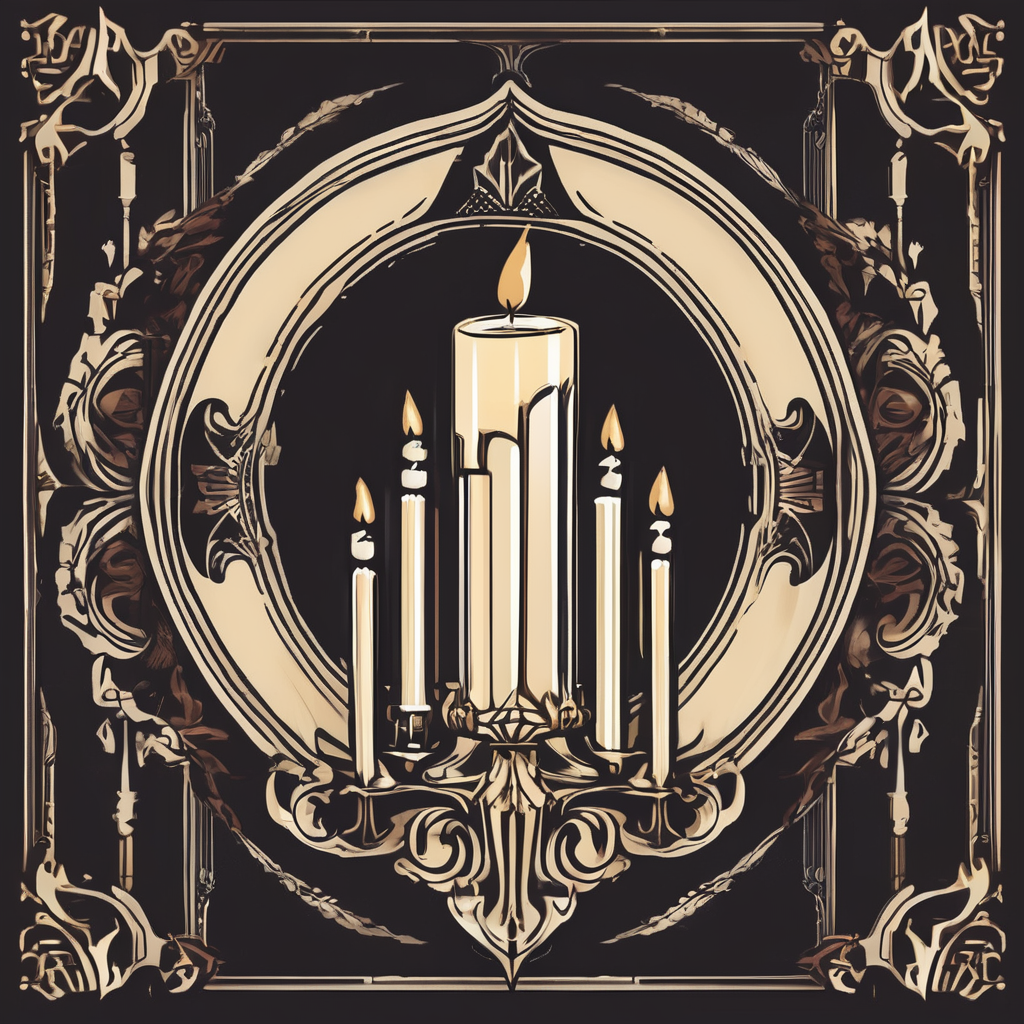Designing a modern conservatory for a UK home is an opportunity to create a unique and versatile living space that blends seamlessly with the existing character of your house. This comprehensive guide will walk you through the essential steps and considerations for achieving this delicate balance, ensuring that your conservatory not only adds value to your home but also enhances its charm and functionality.
Understanding the Basics of Modern Conservatories
Before diving into the specifics of design, it’s crucial to understand what a modern conservatory entails. A modern conservatory is more than just an additional room; it’s a dynamic space that can serve various purposes, from a dining area to a garden room, or even a living space. The key elements that define a modern conservatory include sleek lines, ample natural light, and the use of high-quality materials and conservatory furniture that complement the overall style of your home.
Cela peut vous intéresser : What are the best methods for maintaining a UK heritage home’s original features?
The choice of conservatory roof plays a significant role in the overall design. Options range from pitched roofs to flat glass roofs, each offering different benefits in terms of aesthetics and functionality. Selecting the right roof design is essential in creating a cohesive look that doesn’t overshadow the original character of your home.
Integrating Natural Light and Space
One of the most appealing aspects of a conservatory is the abundance of natural light it can bring into your home. To maximize this benefit, consider the orientation of your conservatory and the placement of windows and doors. South-facing conservatories will receive the most sunlight, which is ideal for creating a bright and welcoming space. However, it’s equally important to manage heat and glare through the use of blinds, shades, or even smart glass technologies.
En parallèle : How do you create a child-friendly play area in a UK garden with limited space?
The design of the conservatory roof is critical in optimizing natural light. Glass roofs, for instance, allow for an uninterrupted flow of light, creating an airy and open atmosphere. However, you may also explore options like lean conservatories or roofs with skylights, which can offer a balance between light and insulation.
Conservatory Furniture and Interior Design
Conservatory interior design should reflect the same style and character as the rest of your home. Choose furniture that complements your existing décor while adding a touch of modern elegance. Think about multifunctional pieces that can adapt to different uses, such as a dining table that doubles as a workspace or modular seating that can be rearranged for various activities.
Incorporating natural materials like wood and stone can help bridge the gap between the old and new, creating a cohesive look that feels both timeless and contemporary. Additionally, consider adding indoor plants and other elements that bring the garden inside, further blurring the lines between indoor and outdoor spaces.
Energy Efficiency and Building Regulations
When designing a modern conservatory, energy efficiency should be a top priority. High-performance glazing, proper insulation, and energy-efficient heating systems are essential in ensuring that your conservatory remains comfortable throughout the year. This not only enhances the usability of the space but also contributes to lower energy bills and a reduced carbon footprint.
Planning Permission and Building Regulations
In the UK, adding a conservatory to your home may require planning permission and adherence to specific building regulations. While some conservatories fall under permitted development rights, it’s vital to check with your local planning authority to ensure compliance. Key considerations include the size and height of the conservatory, its proximity to boundaries, and the overall impact on the surrounding area.
Meeting building regulations is equally important, particularly in areas such as structural integrity, thermal performance, and safety. Working with a qualified architect or builder can help navigate these requirements and ensure that your conservatory is both legally compliant and built to the highest standards.
Designing for Comfort and Functionality
A successful modern conservatory is one that balances aesthetic appeal with practical functionality. Think about how you intend to use the space and design accordingly. For example, if your conservatory will serve as a dining area, ensure there is adequate space for a table and chairs, as well as room to move around comfortably. If it will be a more flexible living space, consider incorporating storage solutions and adaptable seating arrangements.
Styling and Finishing Touches
The finishing touches can make all the difference in creating a conservatory that feels both inviting and stylish. Pay attention to details like lighting, soft furnishings, and decorative accents. Use a mix of ambient, task, and accent lighting to create a warm and versatile environment. Choose textiles that add comfort and visual interest, such as cushions, throws, and rugs in complementary colours and textures.
Modern Conservatory Ideas
If you’re looking for conservatory ideas, consider elements like built-in seating with storage, a feature wall with vertical gardening, or a retractable roof for those warm summer days. These innovative touches can add both style and functionality to your conservatory, making it a true extension of your home.
Designing a modern conservatory for a UK home is an exciting project that offers endless possibilities for enhancing your living space. By carefully considering factors like natural light, energy efficiency, and interior design, you can create a conservatory that not only complements the character of your home but also adds value and enjoyment to your daily life.
From choosing the right conservatory roof to selecting the perfect furniture and finishes, every decision plays a role in the success of your project. By taking a thoughtful and informed approach, you can design a modern conservatory that seamlessly integrates with your home and becomes a cherished part of your living space.
Image credit: Pexels






